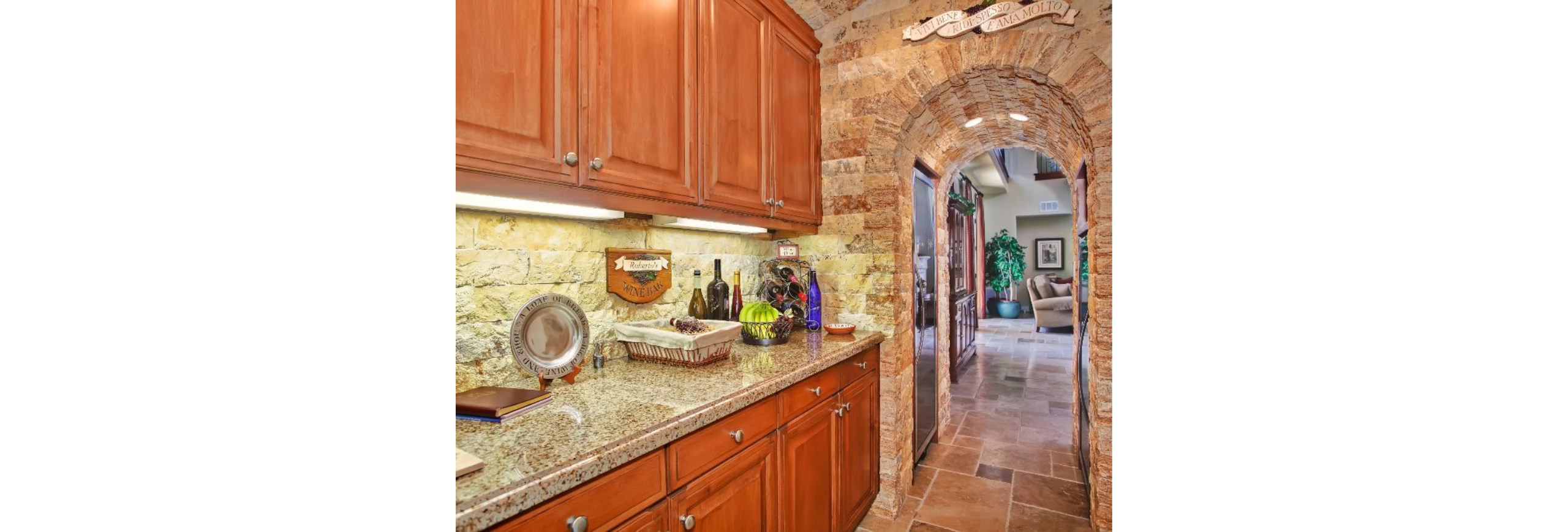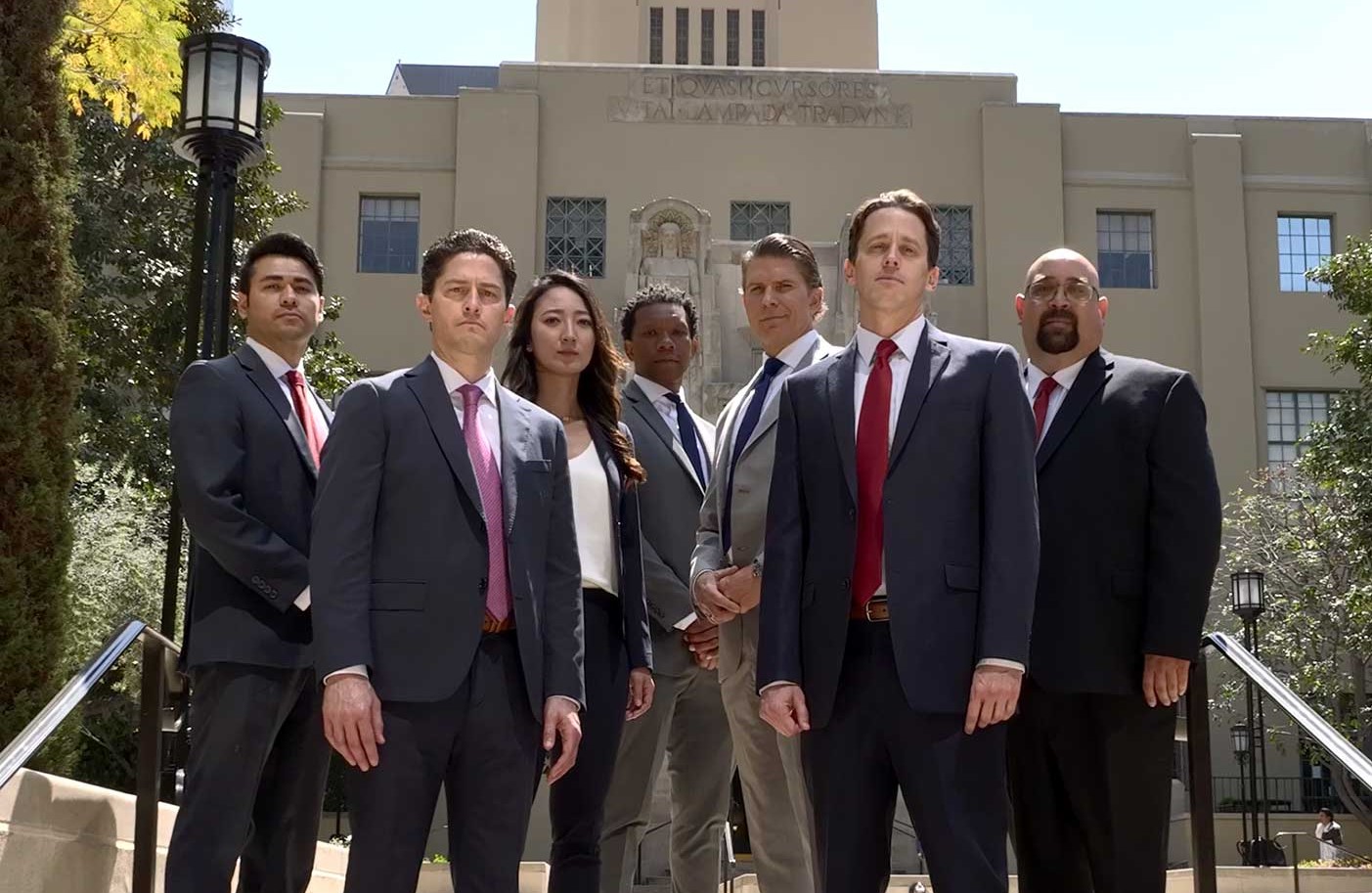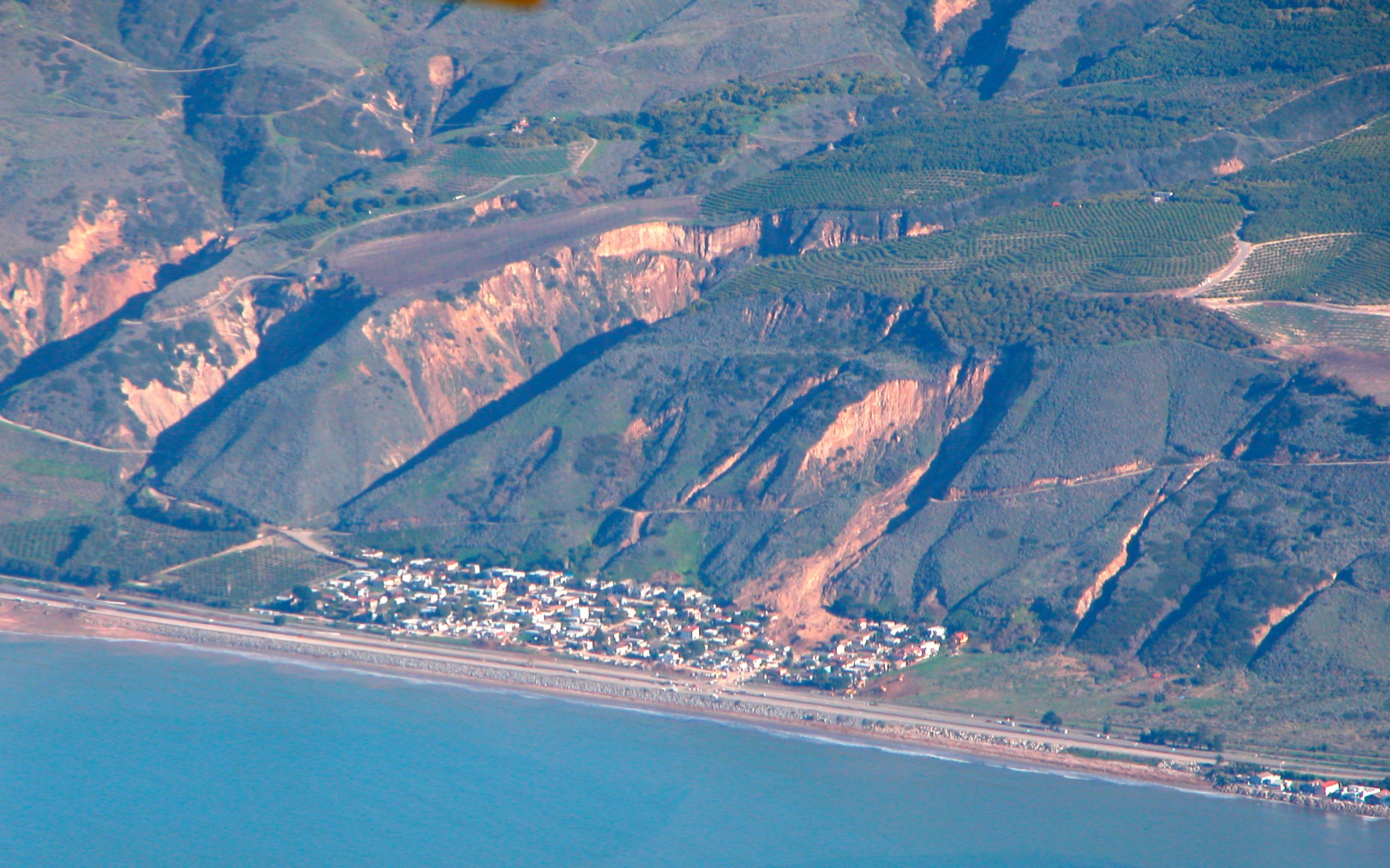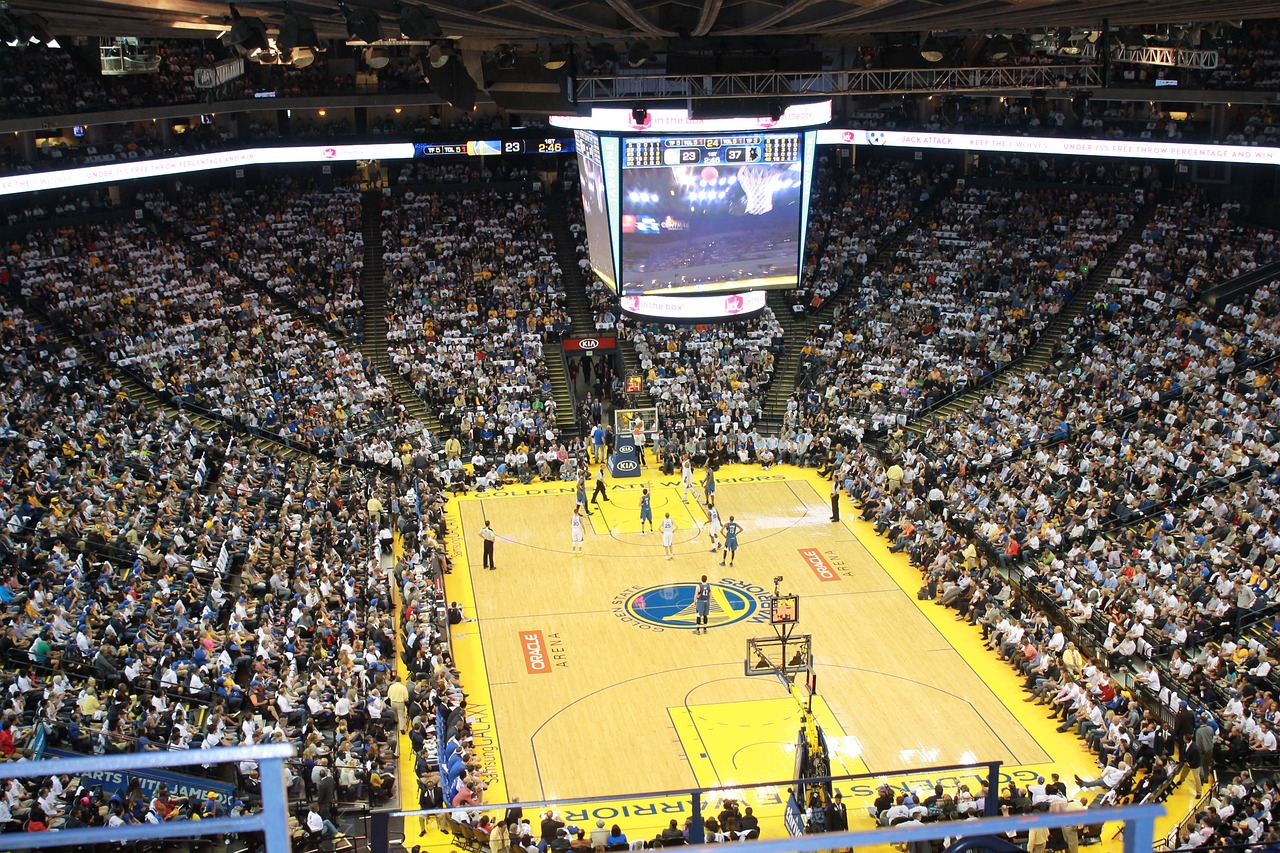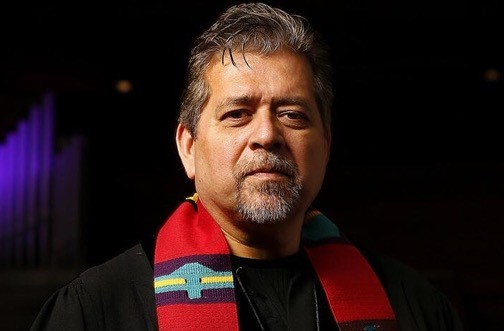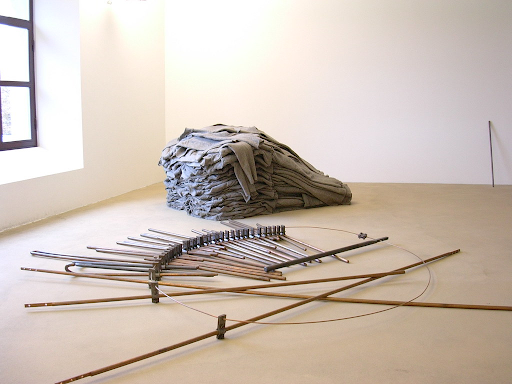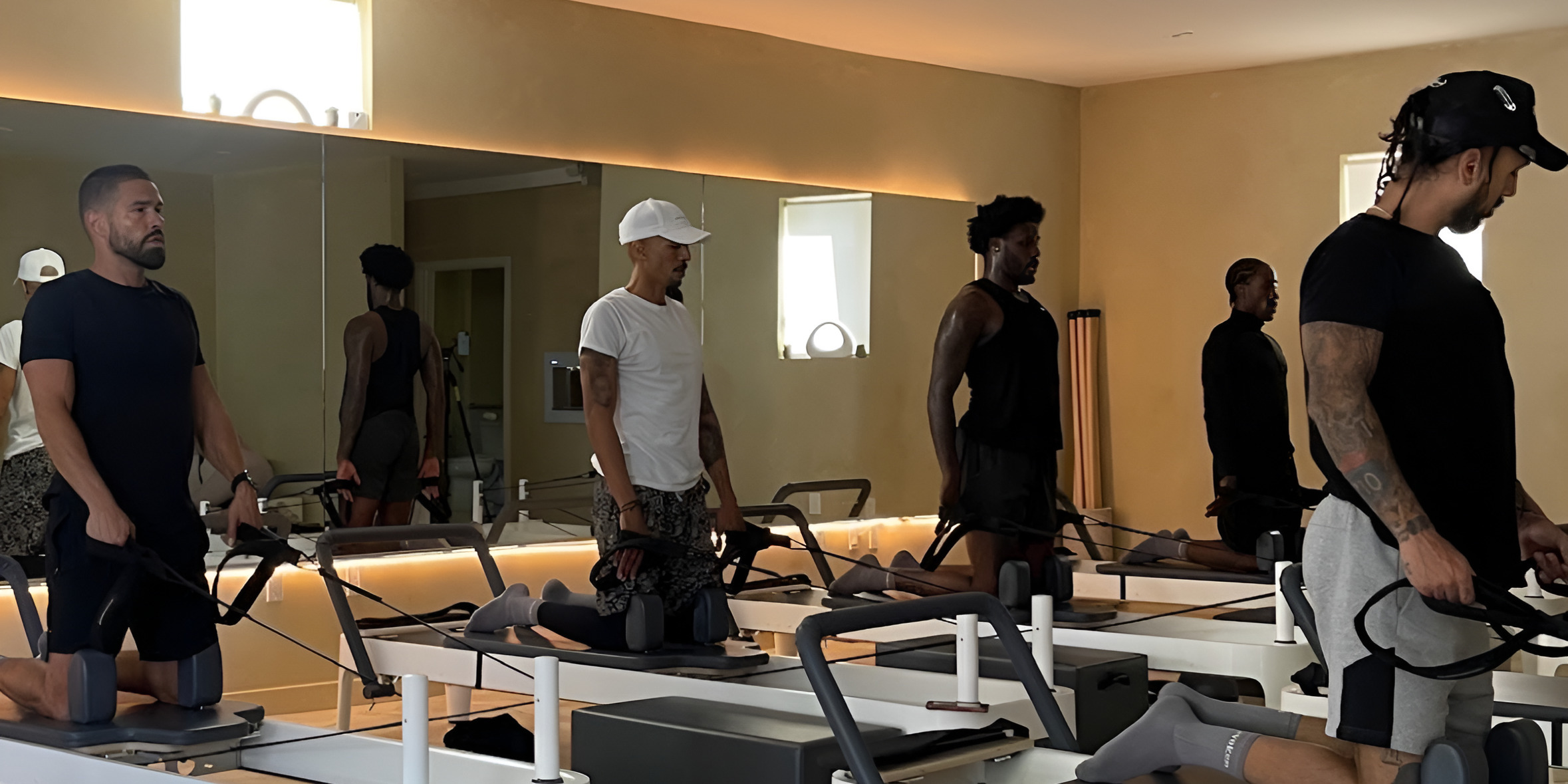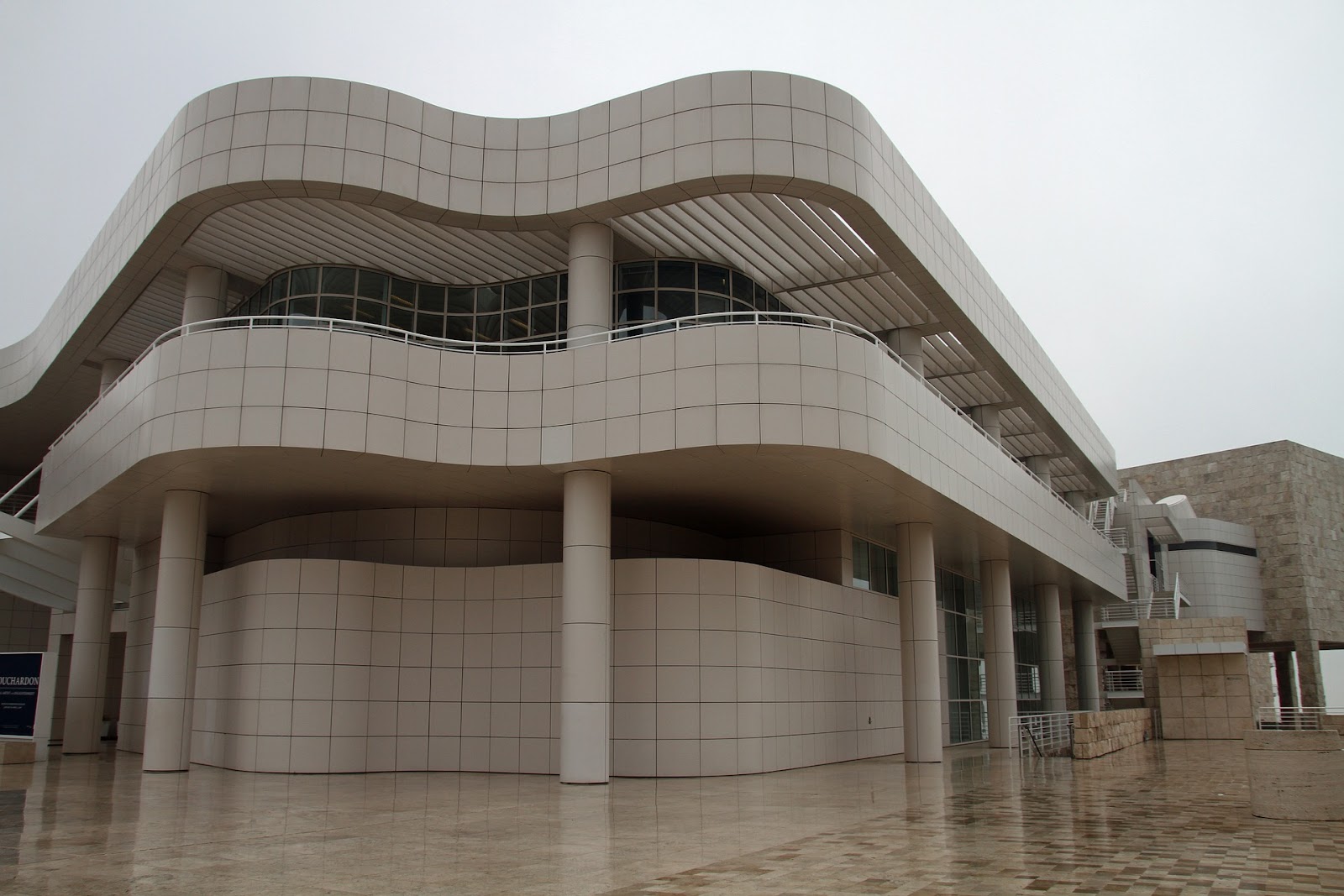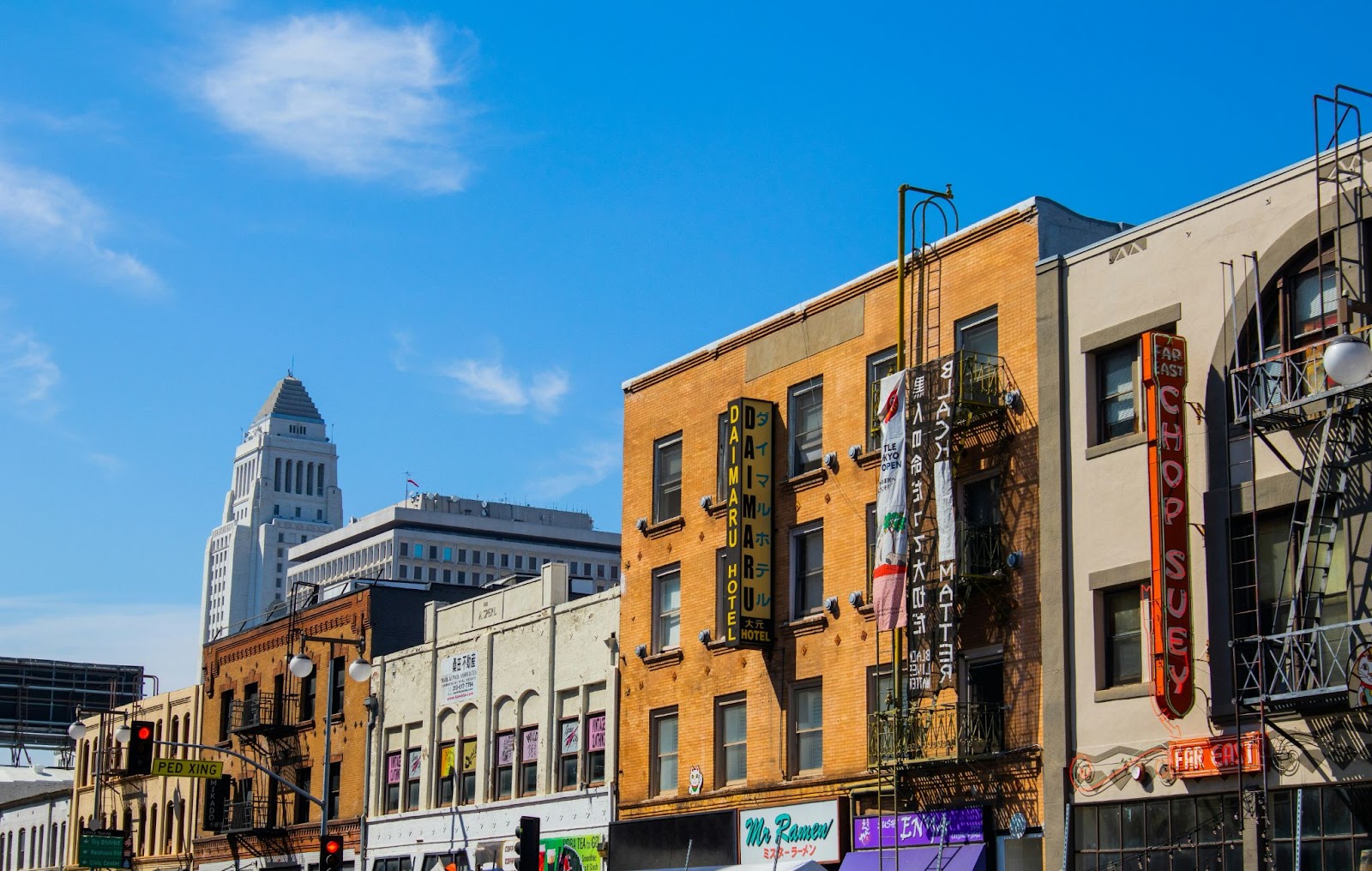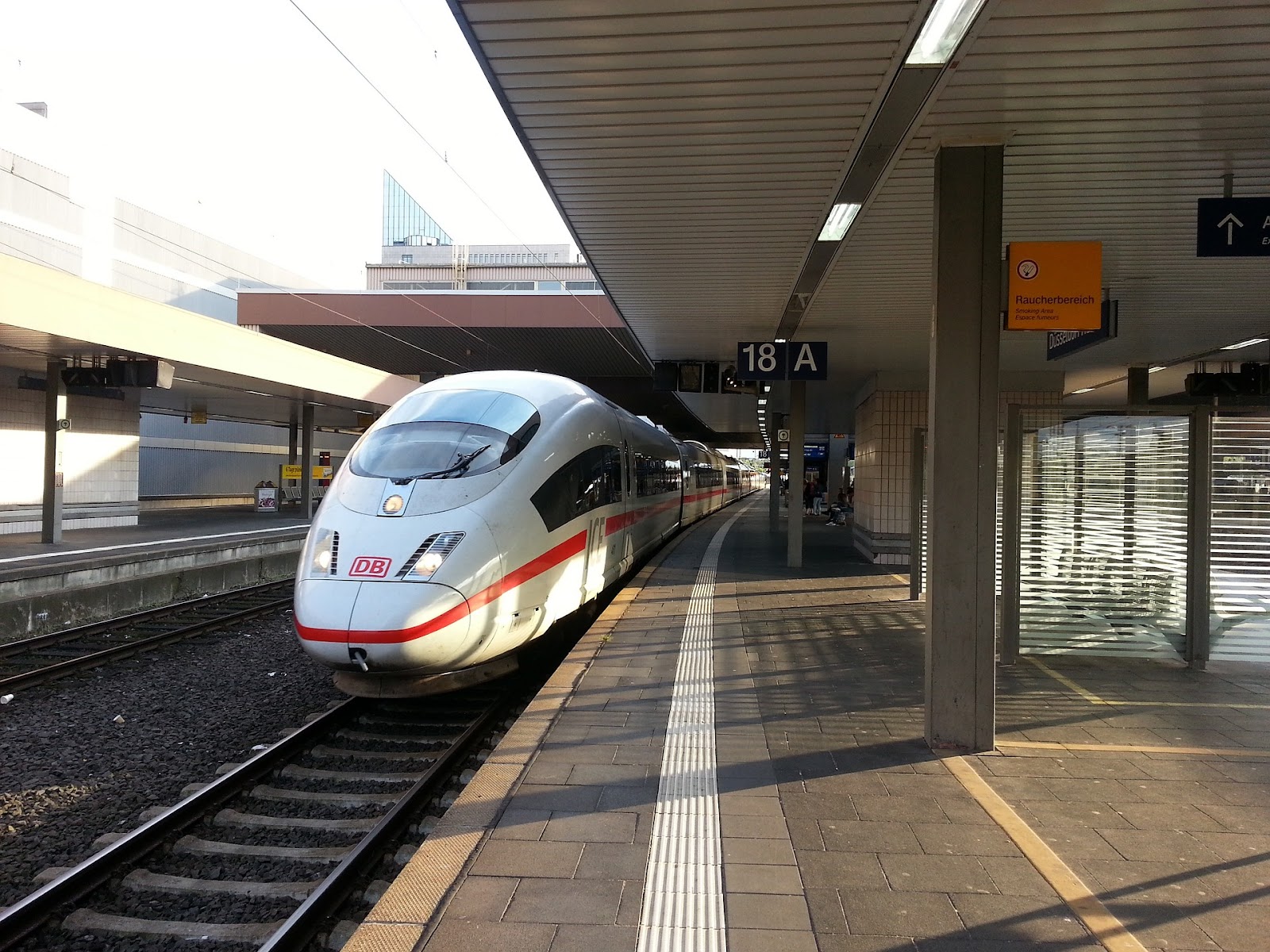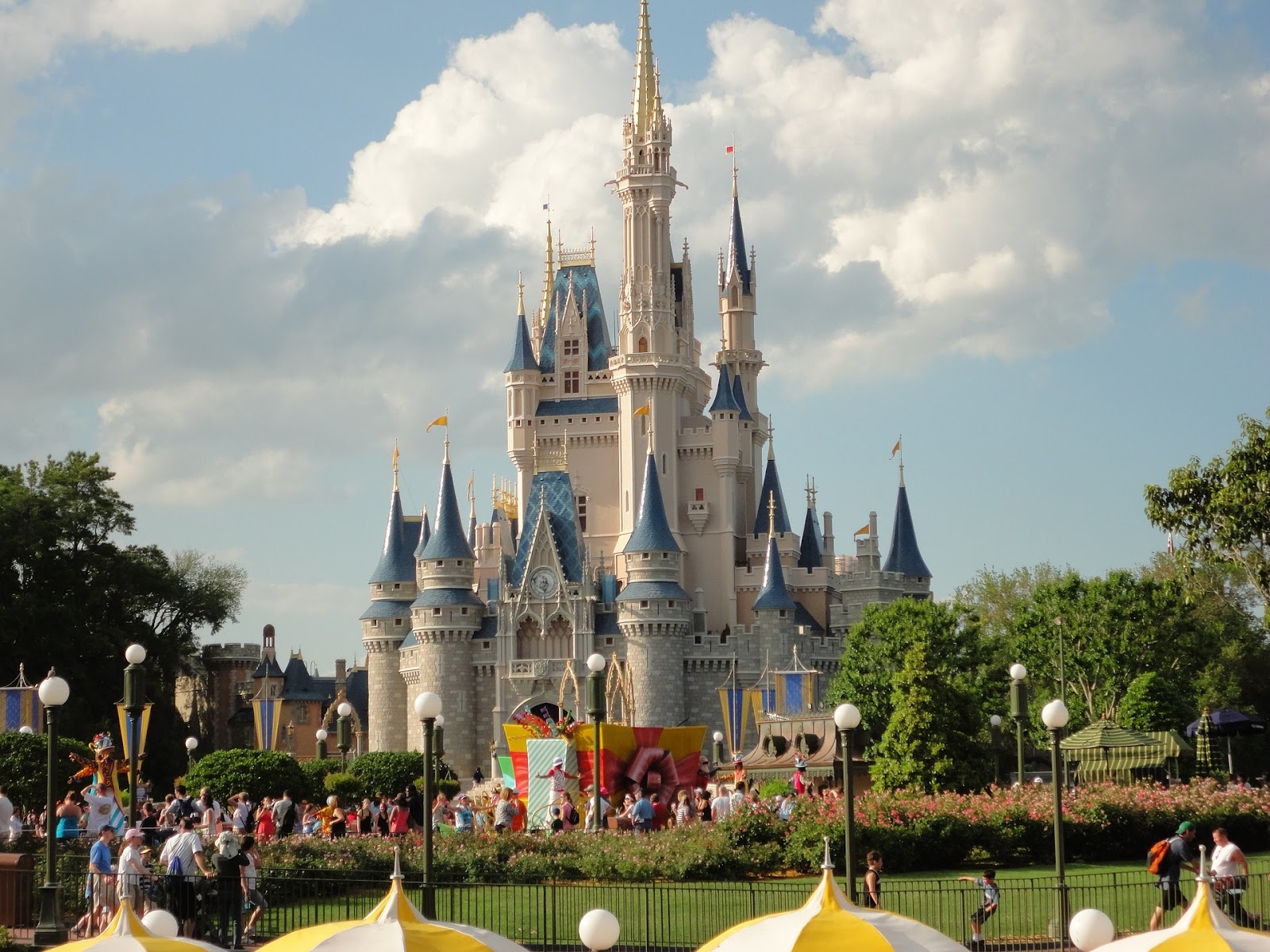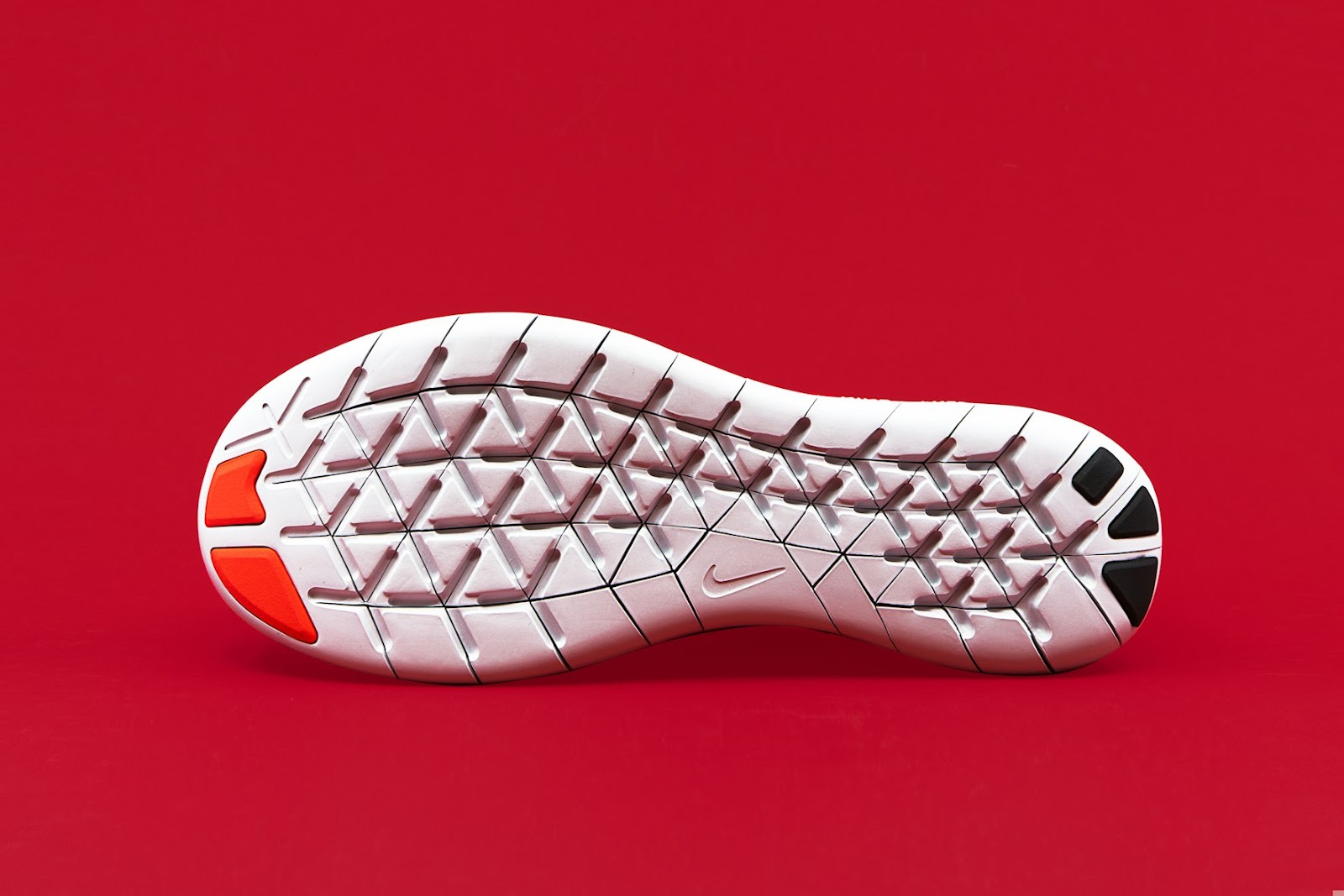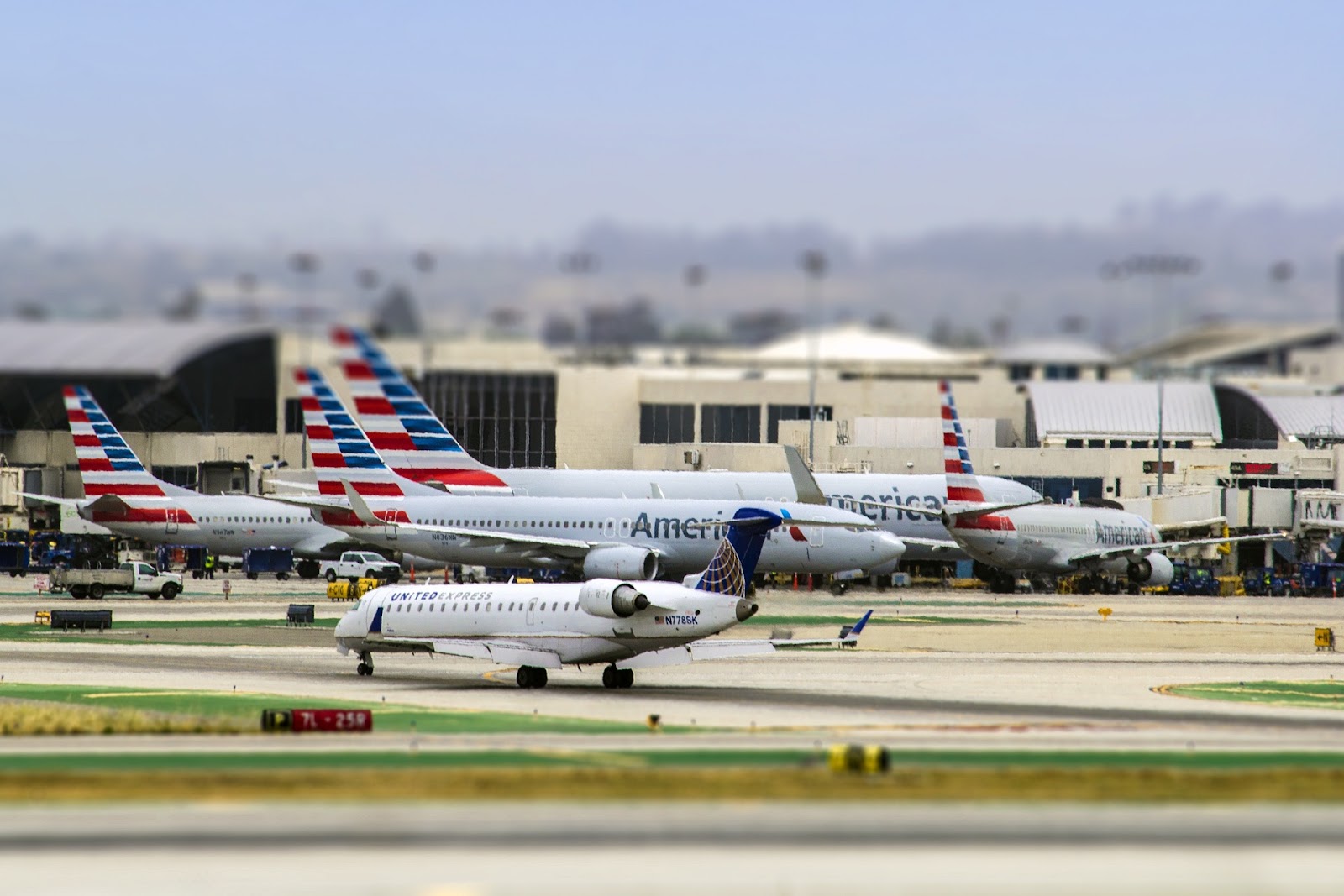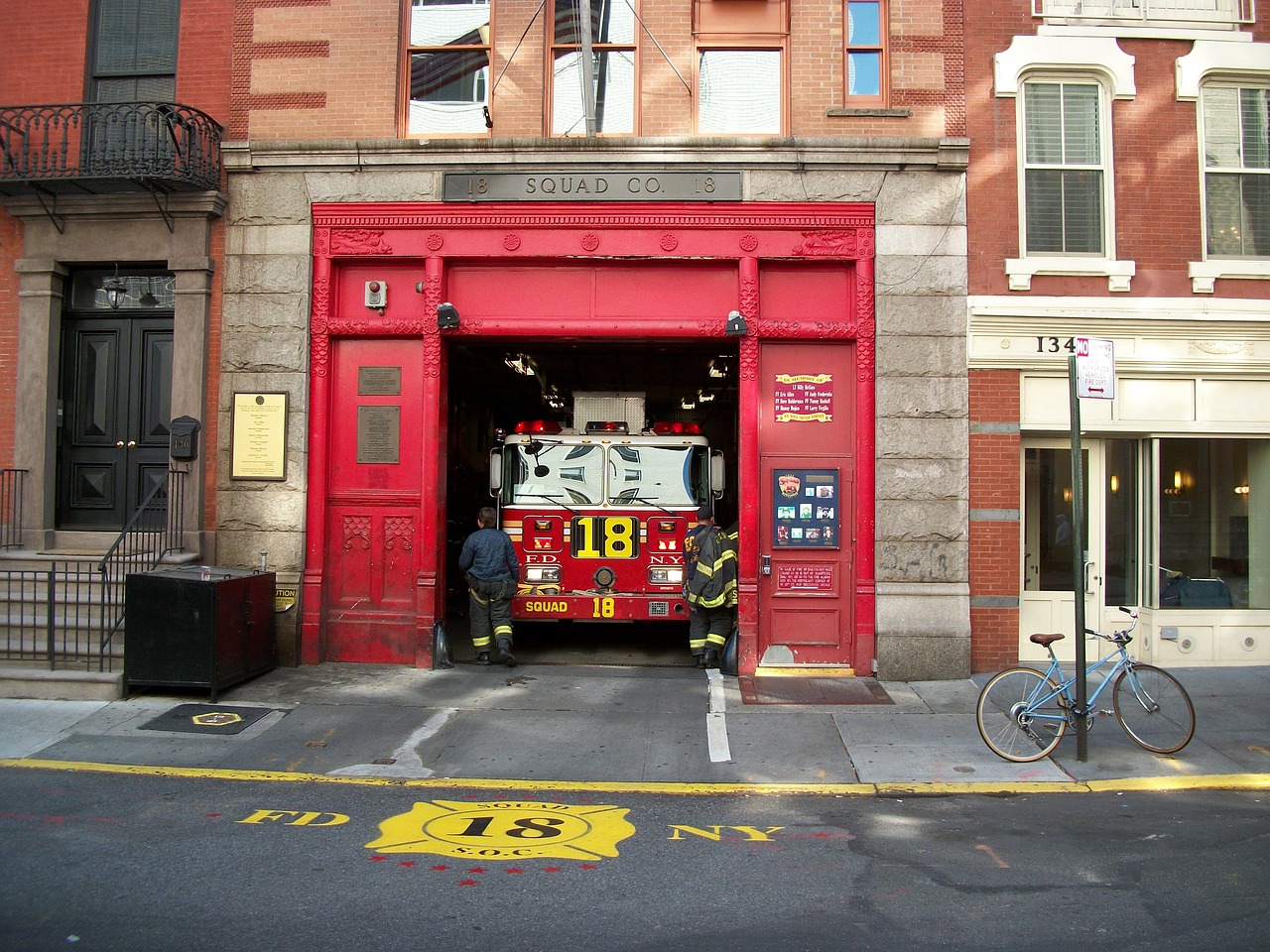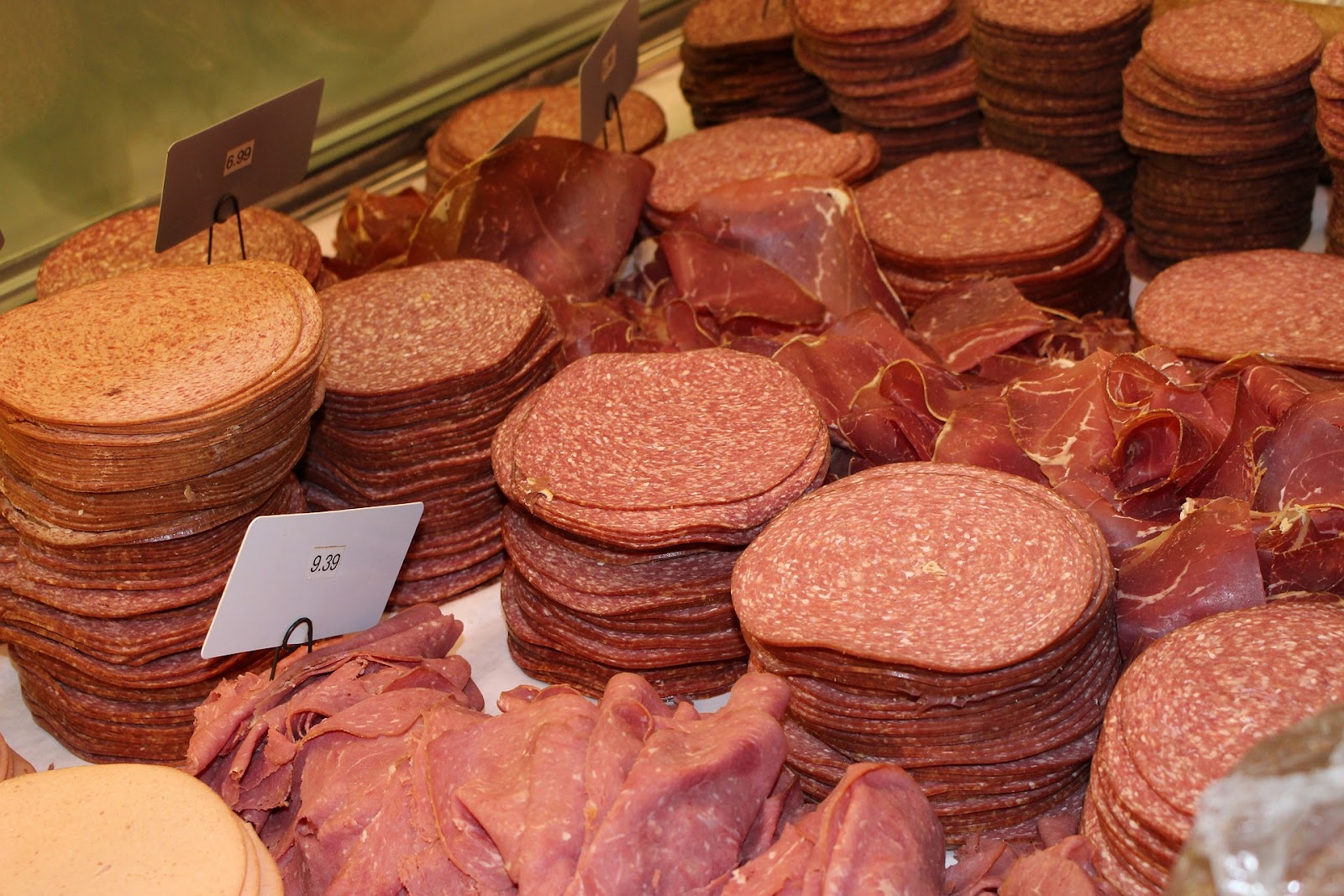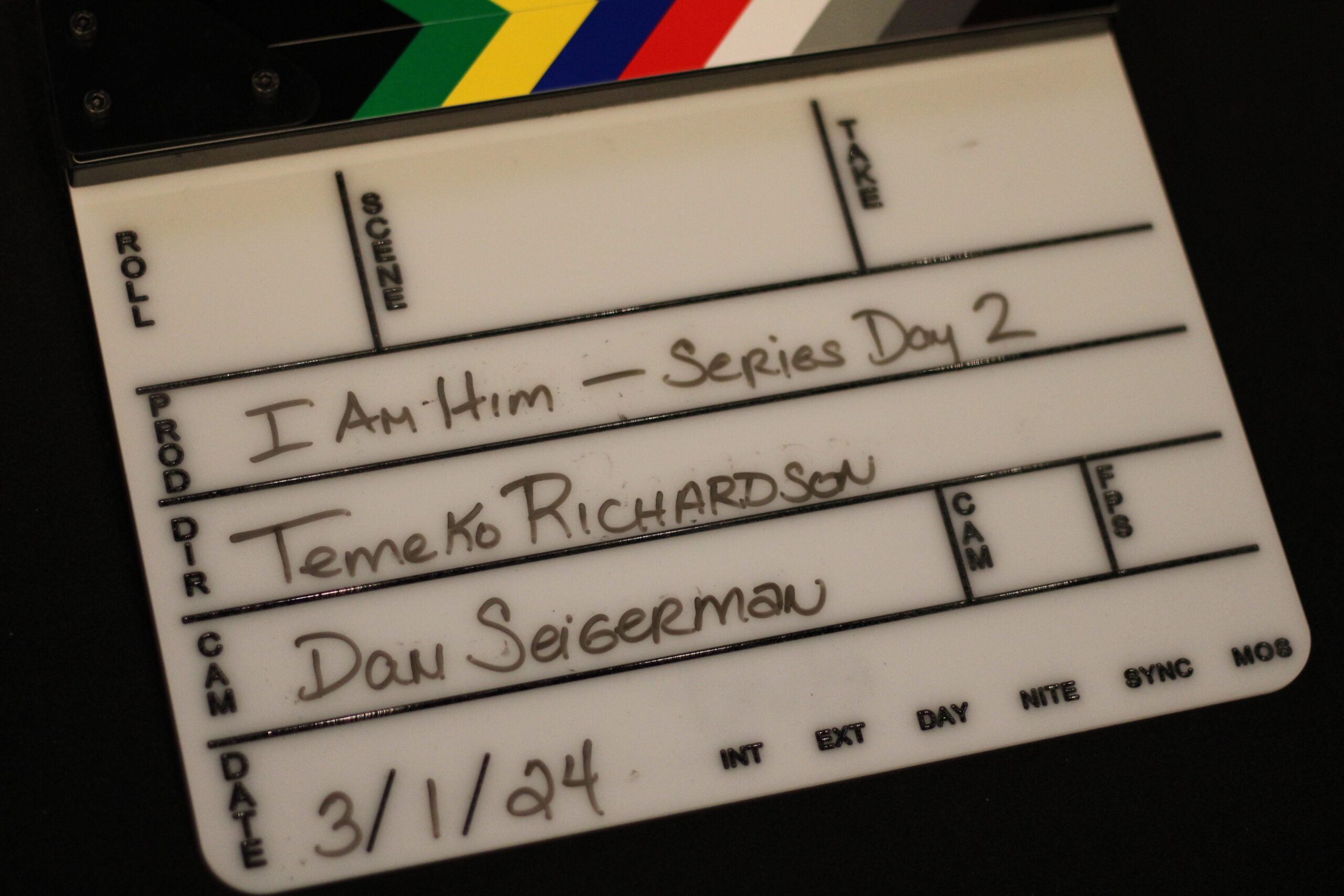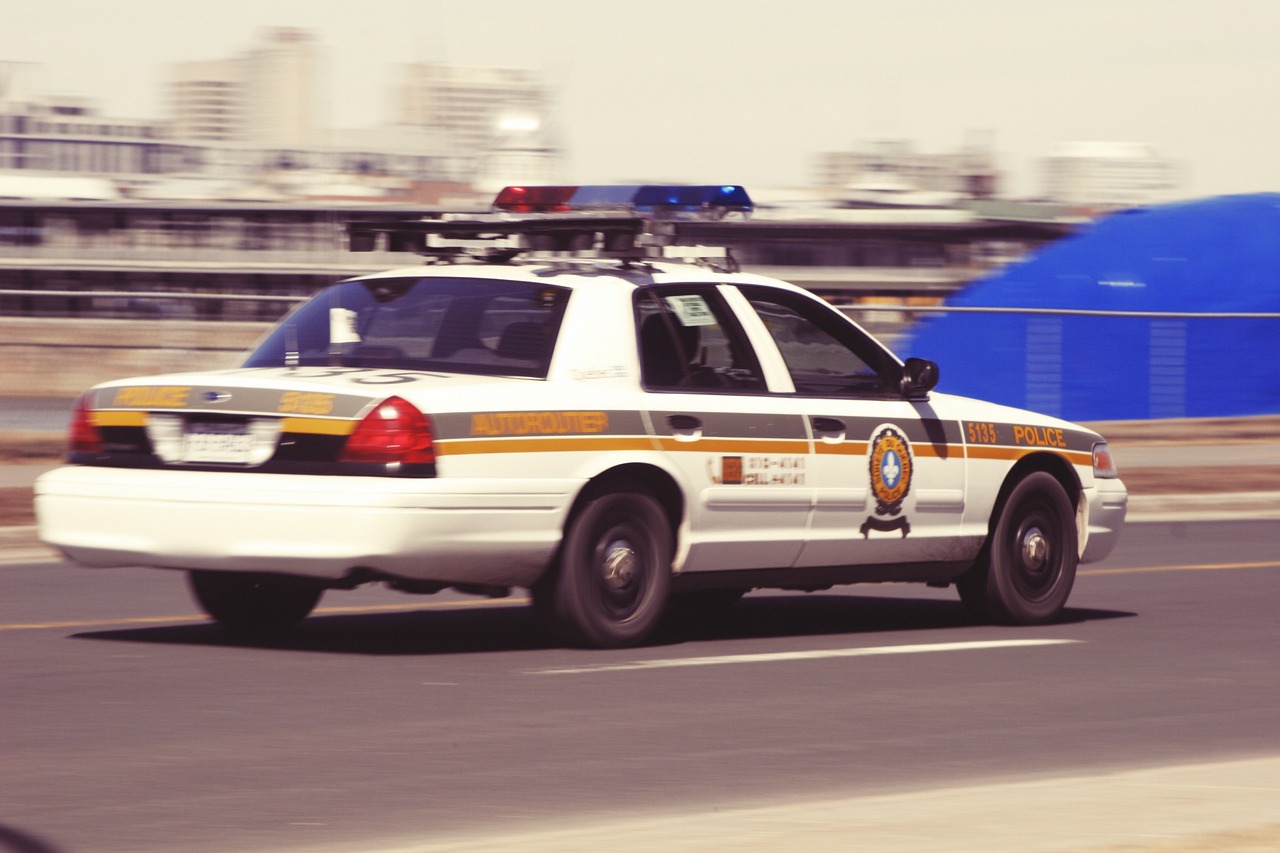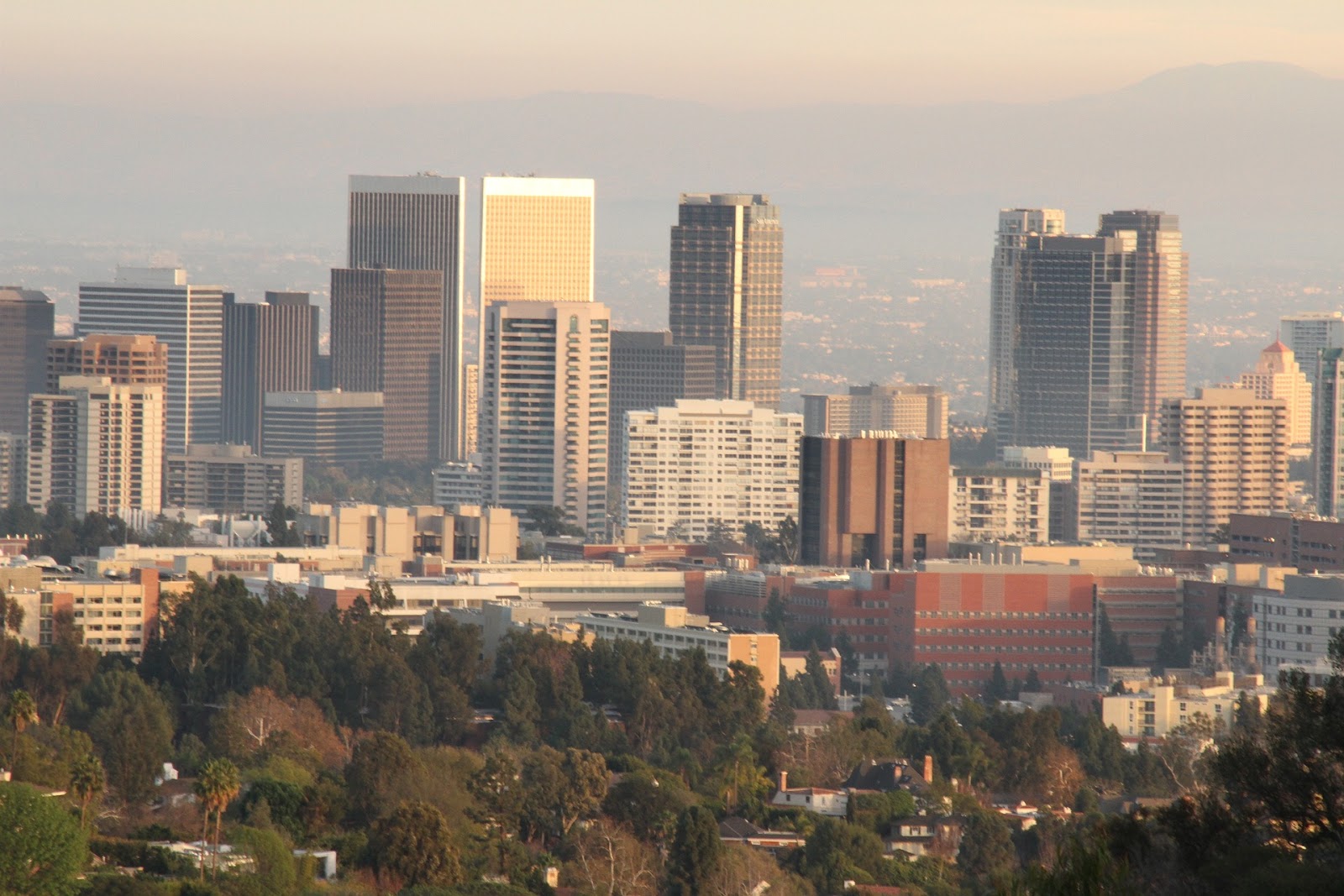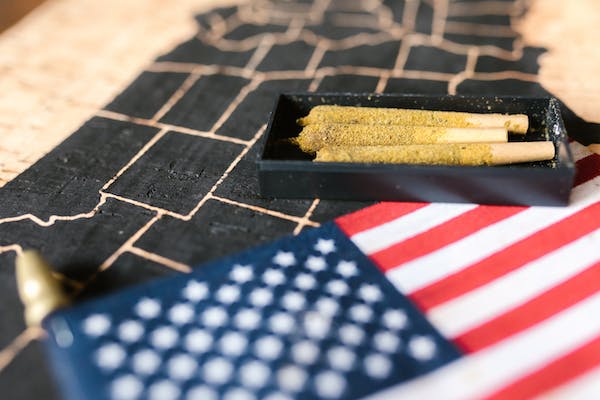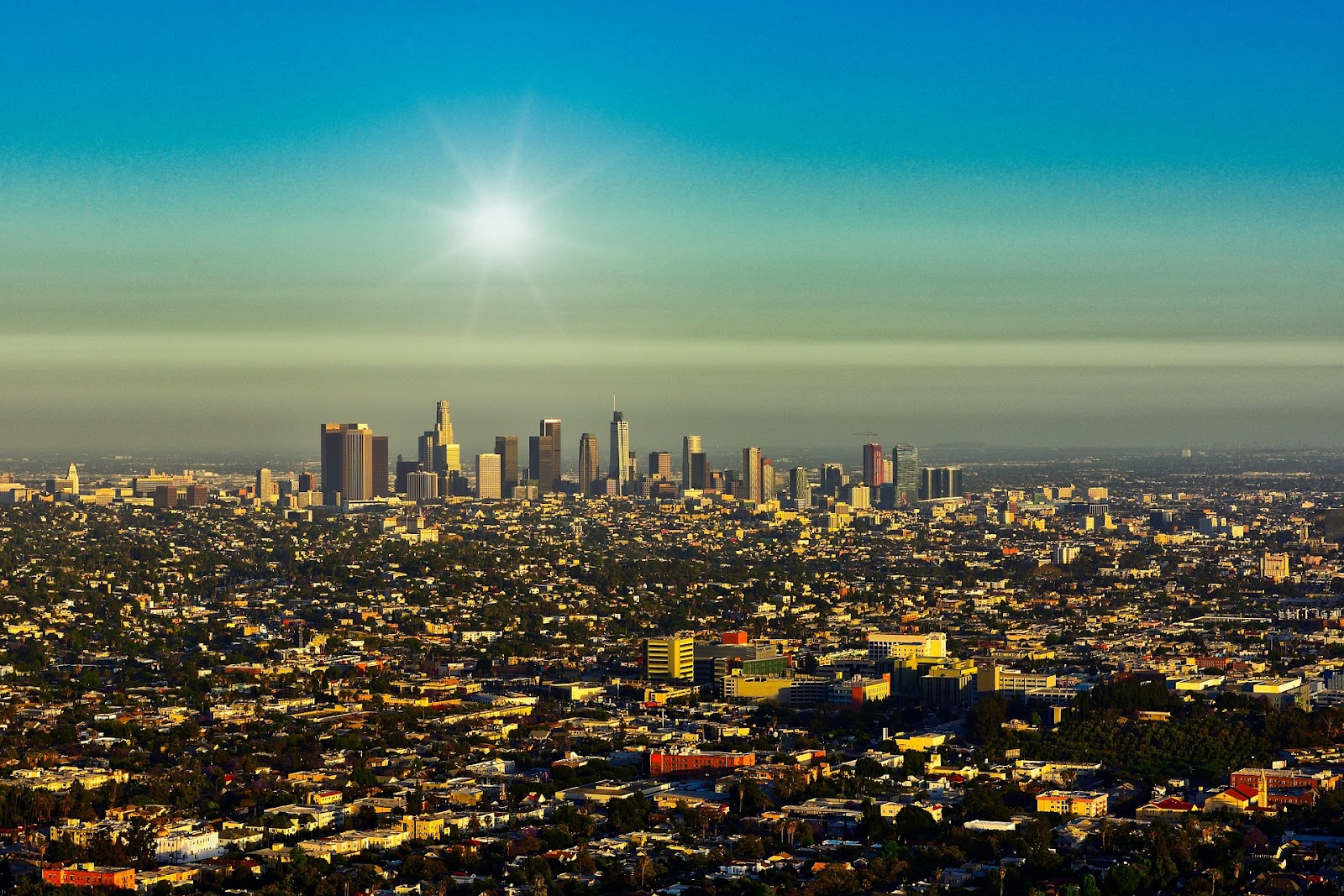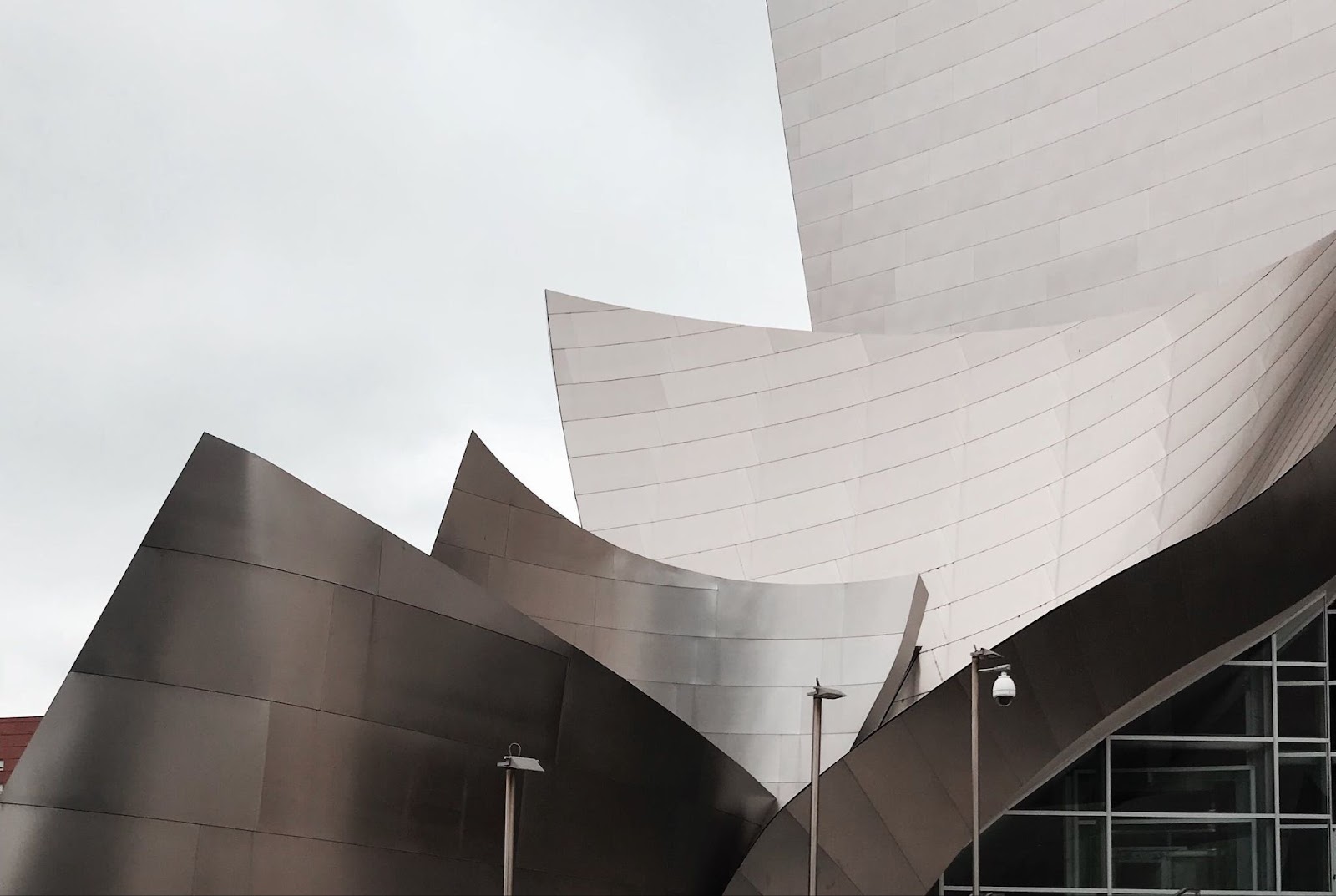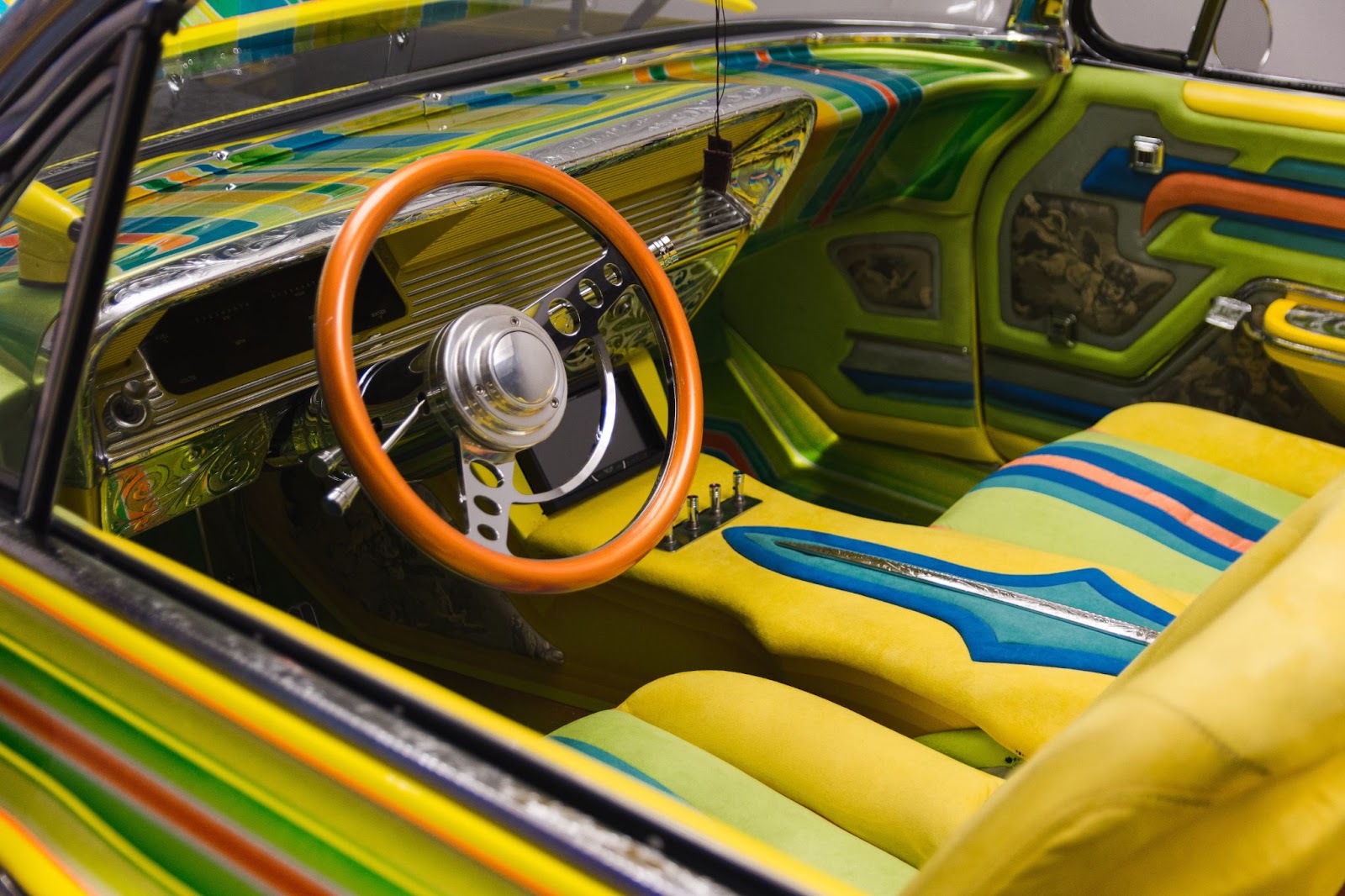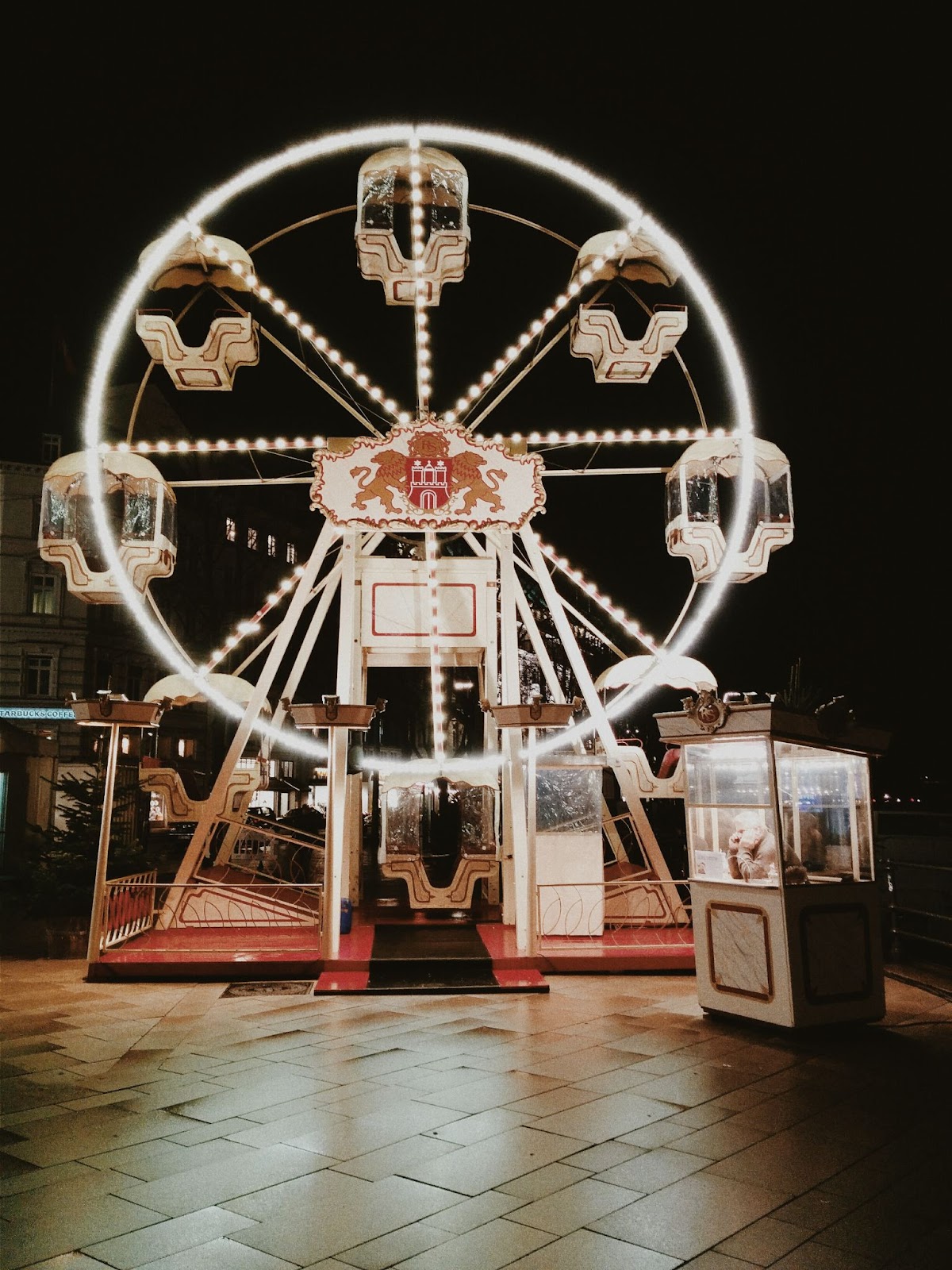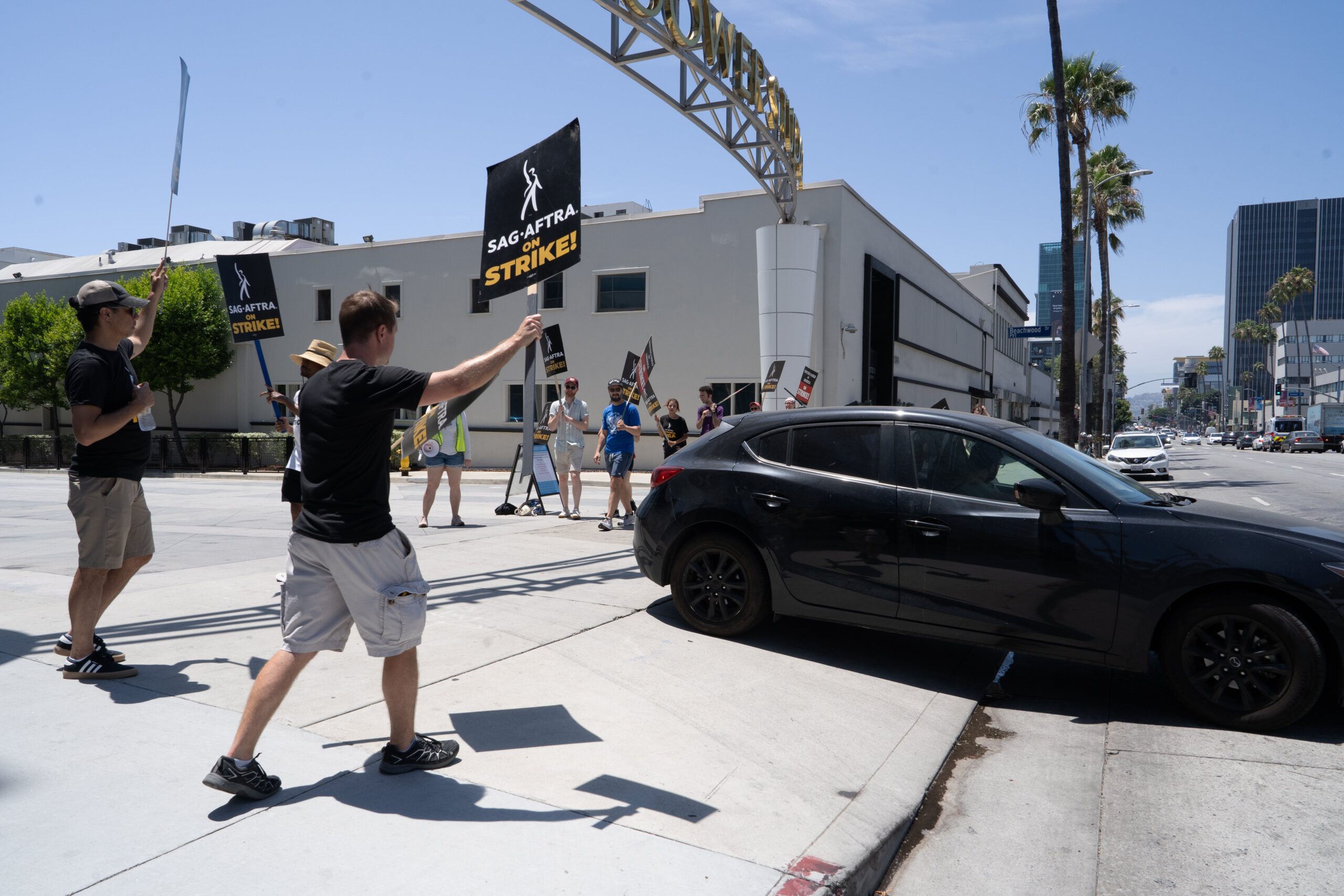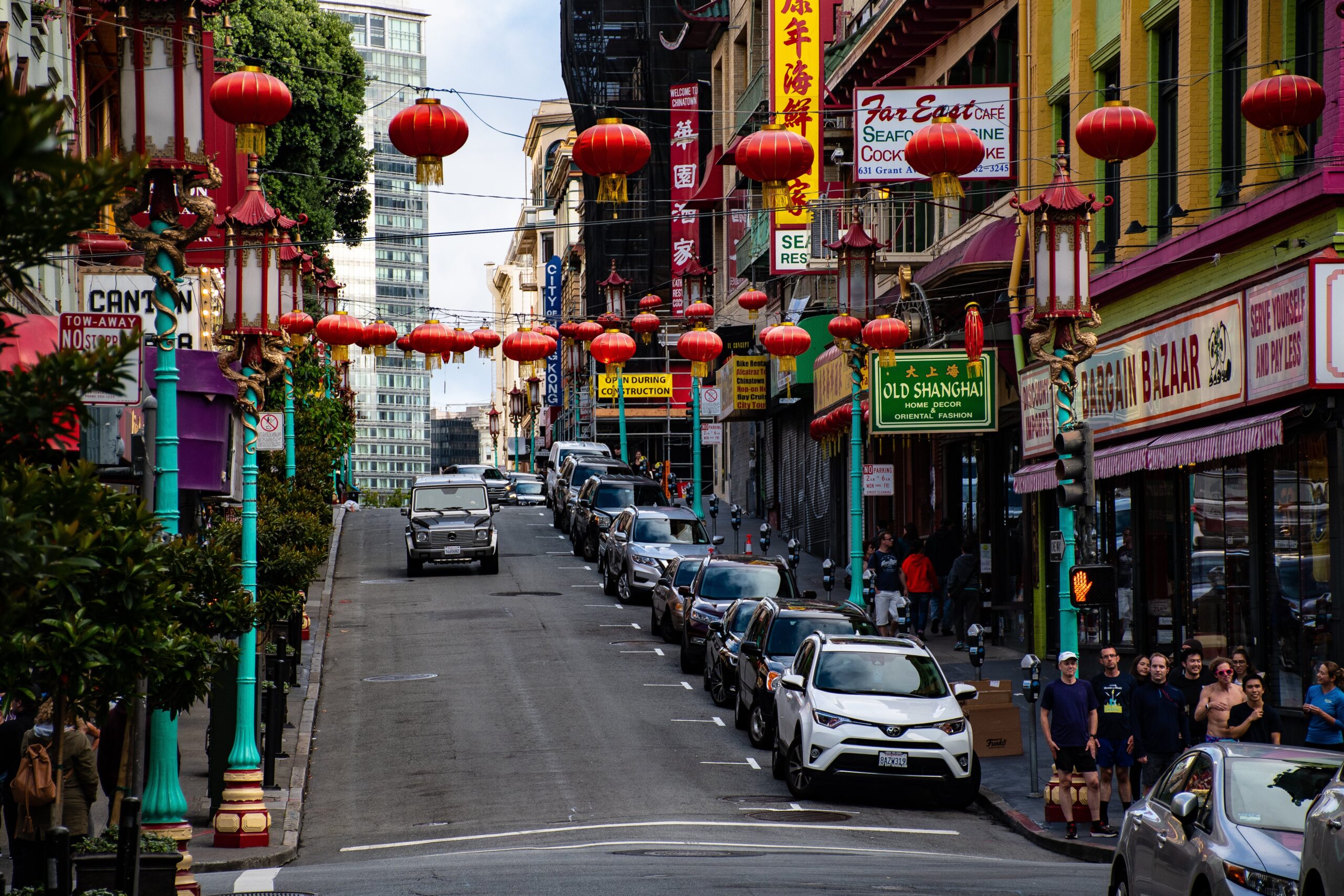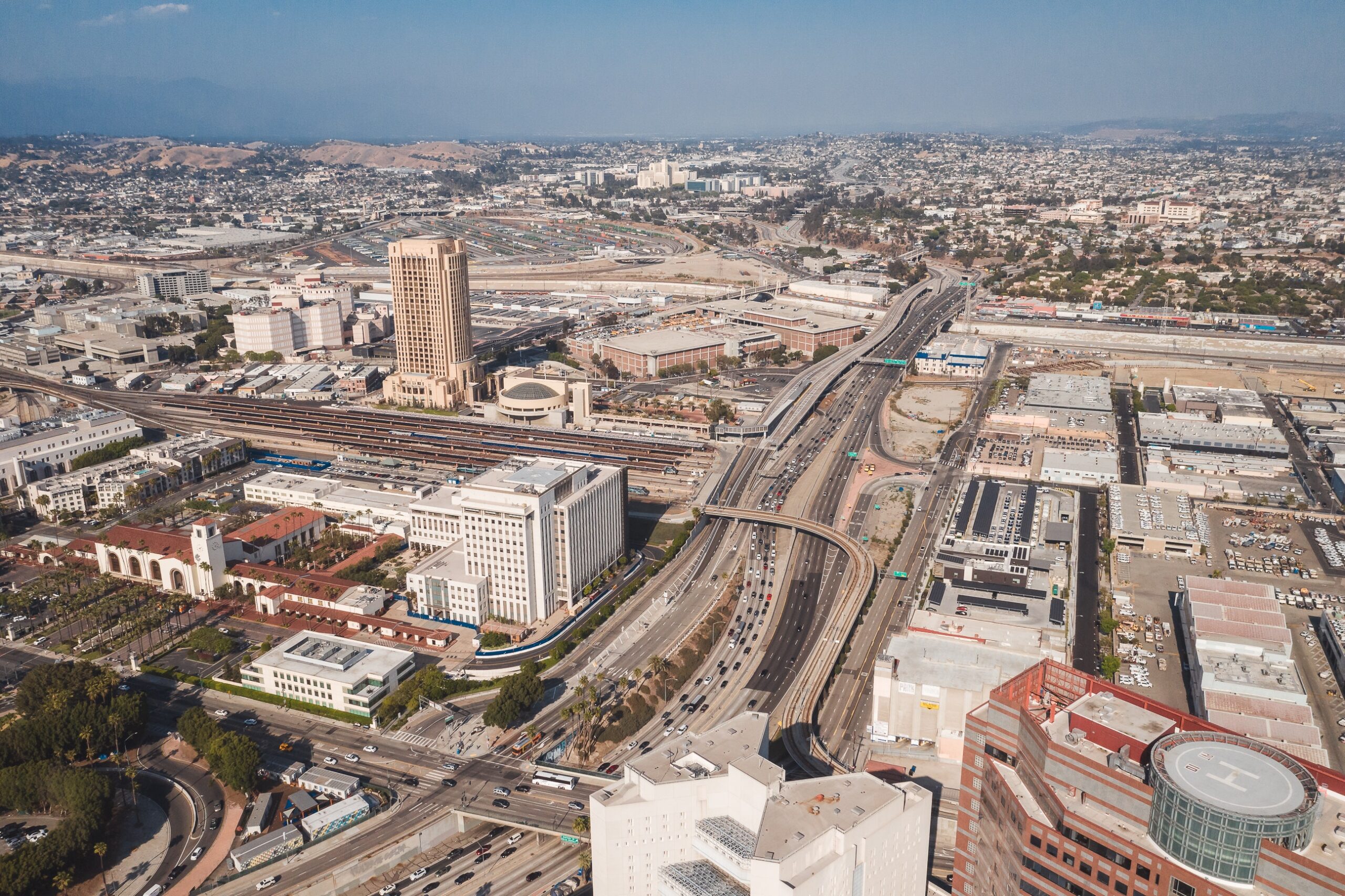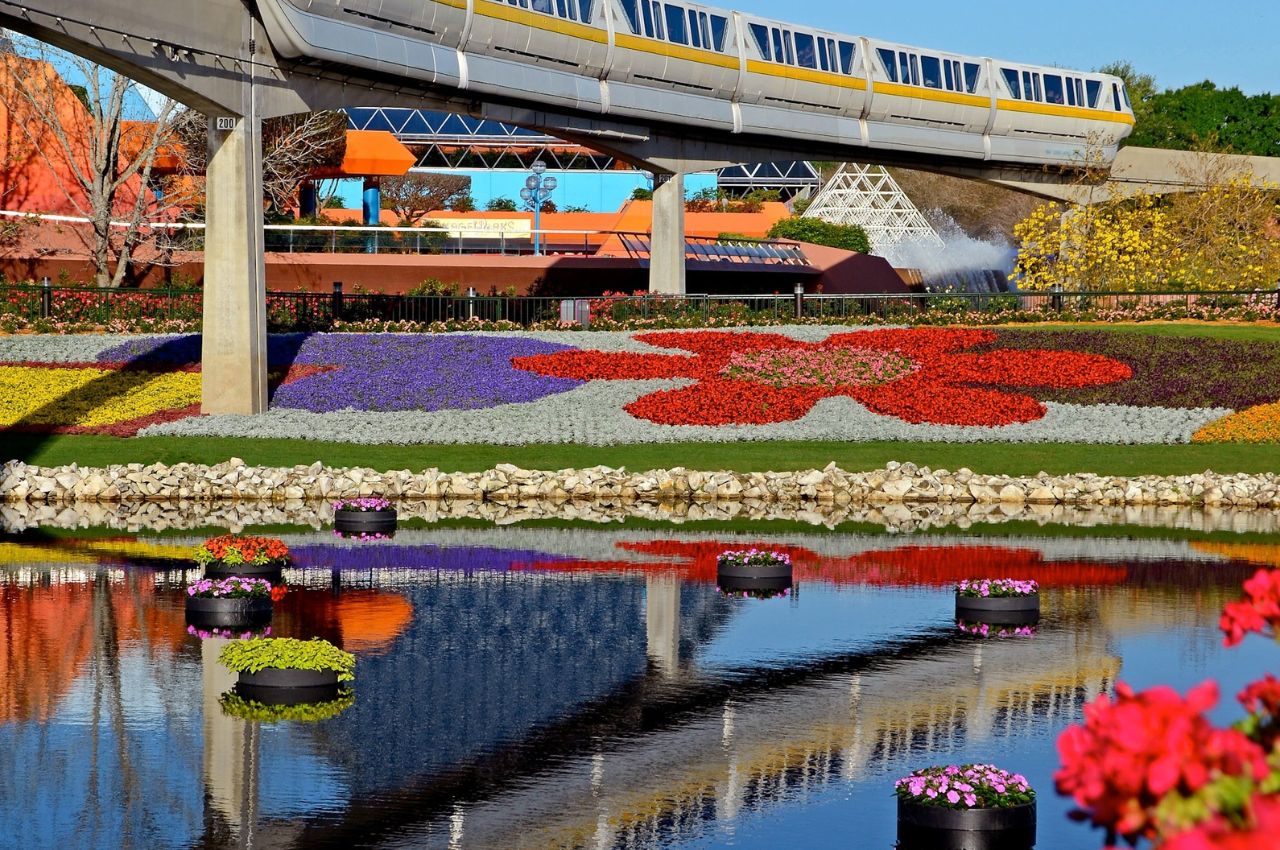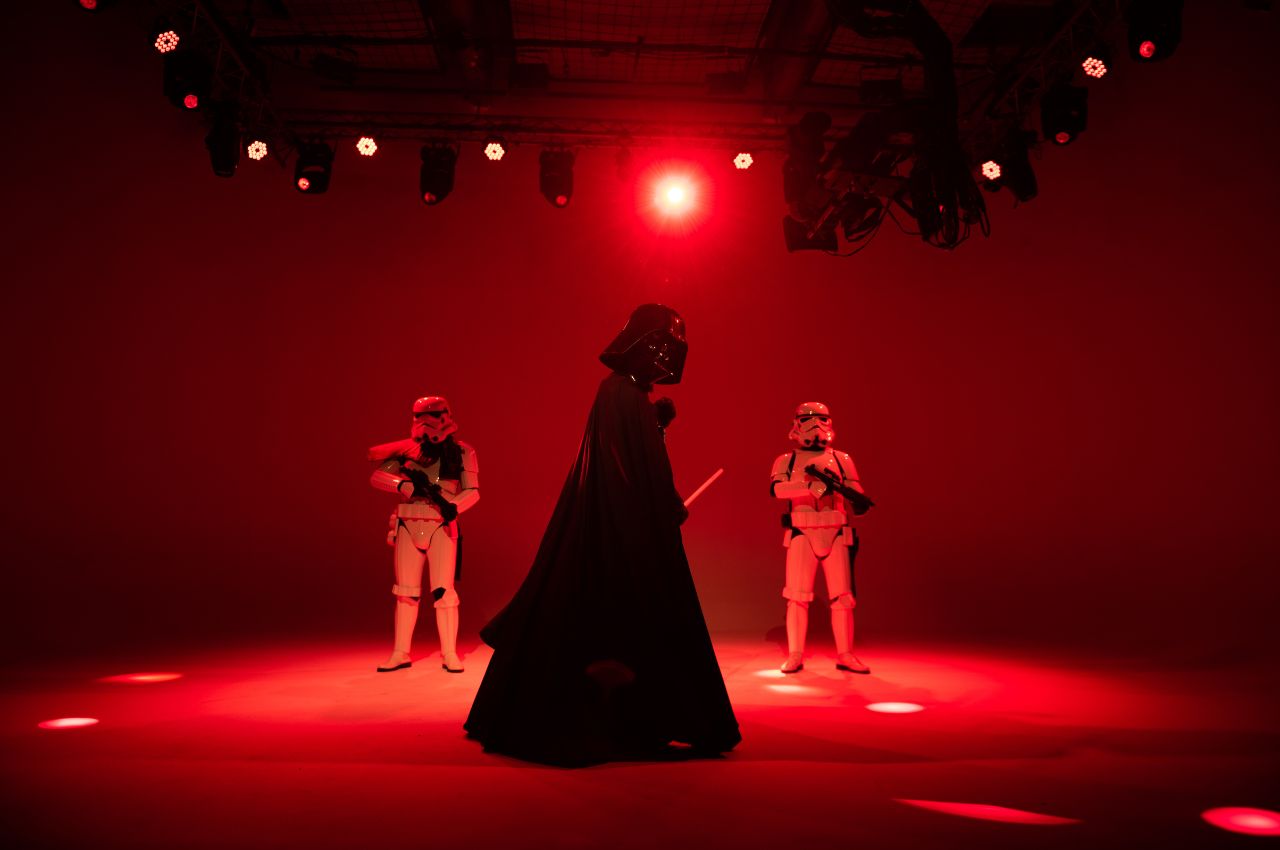Space shuttle Endeavour’s rockets showcased a successful liftoff, being delicately elevated into the California Science Center. The first large components, giant rockets, were installed at the site where the future space shuttle Endeavour is set to sit.
Solid rocket motors, each the whopping size of a Boeing 757 fuselage, were relocated from a horizontal to a vertical position with the use of a carefully conducted crane. The sensitive instruments weigh 104,000 pounds each, making the matter relatively monumental. They were lowered into place in the new exhibit hosted at the Samuel Oschin Air and Space Center. One motor found its place on Tuesday, and the other was implemented on Wednesday.
One hundred seventy-seven pins were used to attach each solid rocket motor to the base of the rocket booster, aka the aft skirt. Each pin holding it together is one inch in diameter and 2 inches in length.
California Science Center President Jeffrey Rudolph stated, “It felt great… We’ve got two solid rocket motors standing tall in the new building now.”

The tops of the rockets are visible from the establishment’s exterior, inviting guests to come and take a look. During the lift, the solid rocket motors could even be seen from the 110 Freeway, making the event more exciting and shouting an unignorable message to the surrounding community.
What transpired this week was the result of six long months of work and a dedicated team dedicated. The permanent exhibit is in the process of being assembled, set to look like a stack configuration as if it were ready for launch. It will be shown as the only surviving U.S. orbiter displayed in this position and the last space shuttle orbiter ever built.
While procedures of this kind are typically performed at NASA’s Vehicle Assembly Building at the Kennedy Space Center in Florida—one of the largest buildings by volume in the world, spanning over 50 stories—it is equipped with plenty of cranes and platforms to handle the job. However, as the project was completed at the California Science Center itself, unique techniques were required for the installation. With a careful hand and close precision, the workers put together scaffolding along the aft skirts and got to work inserting the exquisite sequence of connecting pins that will be available for display soon.
Without exceptional alignment, the aft skirt and solid rocket motors could have easily posed an obstacle in terms of pin insertion. However, the craftsmanship of those on the job solidified the quick timeframe expected from those looking forward to seeing the exhibit. Work commenced around 9:00 a.m. on Tuesday, ending before 1:00 p.m. After they had completed the process, work was done at an even faster pace on Wednesday. The day spanned from 8:00 a.m. to 10:00 a.m., making a quick project out of the mission at hand. According to Rudolph, “The crew worked really well, did an excellent job, and things came together effectively and quite quickly.”
Next will come another 30 vertical feet of scaffolding and the subsequent installation of external tank attach rings. Those rings will serve as a connection between the solid rocket motors and the huge orange external tank. After that, more scaffolding will be put up on top of the 116-foot solid rocket motors to assist the workers in the installation of the tips of the rockets—the forward assembly, including the nose cone and forward skirt.
The forward skirt will act as the foremost weight-bearing connection between the solid rocket boosters and the external tank, making it an essential component to success. This part should be ready for potentially permanent implementation in early December.
The solid rocket motors make up most of the boosters, stretching 149 feet in length. At liftoff, the white boosters were placed under the Endeavour’s wings, producing over 80% of the lift.
The most dramatic ideas are coming to life in the form of this exhibit, set to occur after the festive holiday season. That’s when we’ll see the external tank go up. After the last week of January, the Endeavour orbiter will be installed. Cranes almost as tall as Los Angeles City Hall will rise from the horizontal position from where it lies, pointing vertically toward the stars for its final pose. The rest of the museum will be built around the feature in a $400M, 20-story venue entitled the Samuel Oschin Air and Space Center—something locals are looking forward to.
Currently, the Endeavour sits at a temporary display center where it will be shown until December 31st. Soon after, guests are expecting to be able to see the exhibit at its permanent location.








